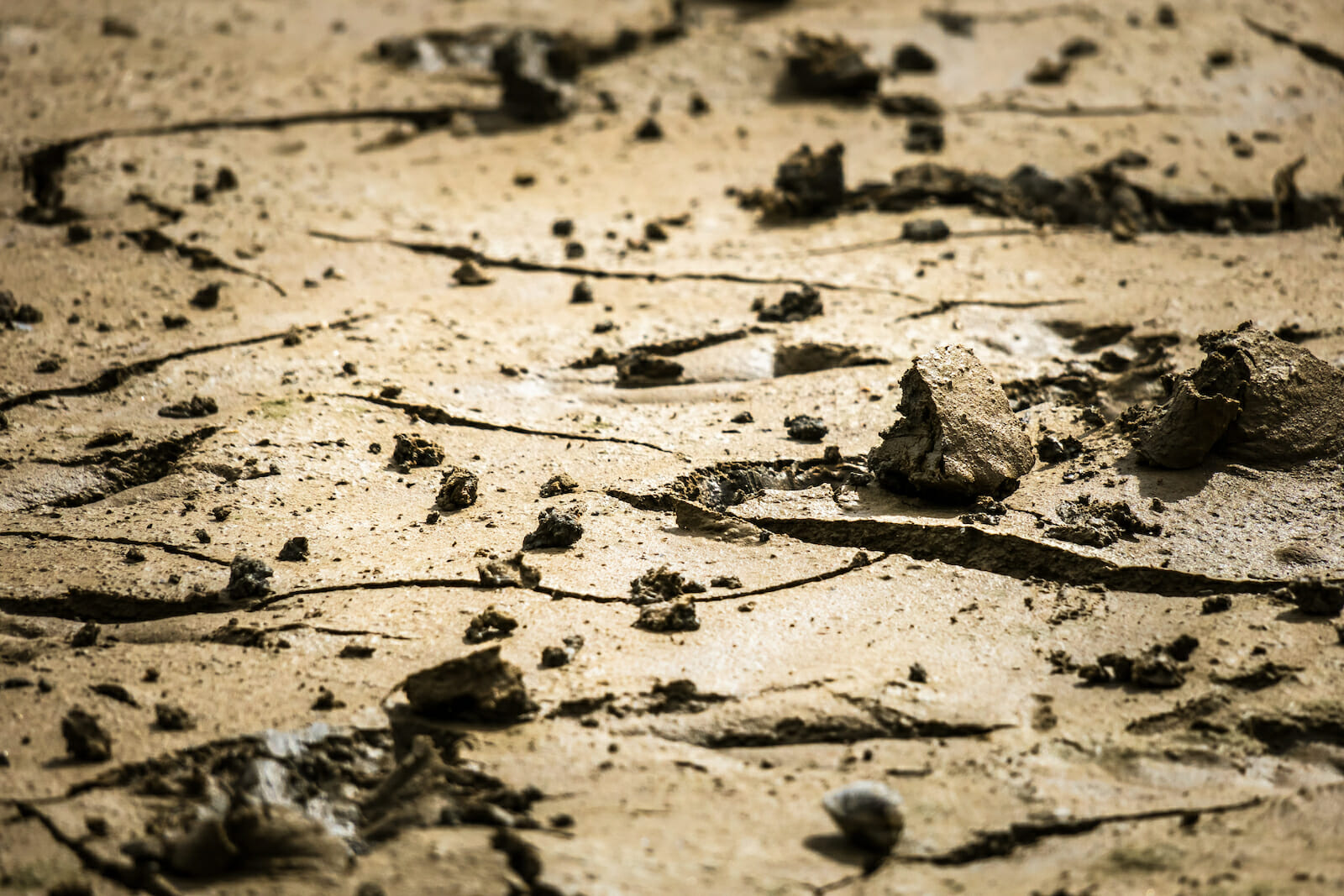
Health
Pandemic Shines Spotlight on Shortcomings in Water Infrastructure
The fallout from the ongoing coronavirus crisis has brought a few issues into sharp focus, including a number of structural problems in place across the globe with regard to the availability of and access to clean water. At present, one-third of the global population cannot reach a safe source of drinking water, while over half are without basic sanitation services.
The issue is an especially pertinent one right now, given the importance of basic hygiene in combating COVID-19 and limiting its spread. However, it’s far from being a problem confined to the developing world. 21 million Americans – or approximately 6% of the U.S. population – are drinking water from sources deemed unsanitary by the country’s own health authorities. With BIPOC (black, indigenous, and other people of color) Americans significantly more likely to be exposed to such dangers than their white counterparts, it’s high time that the government took concrete measures to improve its water infrastructure and ensure that all its citizens, regardless of skin color, enjoy access to safe and affordable water.
The corona Catch-22
Due to the fact that a significant percentage of the American people are using water that has breached, in one way or another, the Safe Drinking Water Act, they are caught between a rock and a hard place. Government regulations advise that adequate hygiene – epitomized by regular handwashing for 20 seconds or more – is the best way to protect against the virus. The paradox, however, is that in so doing, people could be coming into contact with all manner of other toxic elements.
Lead concentrations are dangerously high in households across the country, while a recent report found that contamination of water supplies with perfluoroalkyl substances – also known as PFAS or “forever chemicals,” so named for their ability to stubbornly persist in the environment – are far higher than previously believed. A 2018 study of 44 samples from 31 states found only one of them to be free from PFAS altogether, while only two more showed concentrations of the chemicals that were within the official thresholds recommended by the Environmental Protection Agency. Even more concerningly, an independent review concluded that those limits were already 10 times too high, bringing into stark focus the long road ahead to get the U.S. water systems up to scratch.
Of course, the coronavirus pandemic has exacerbated the issue tenfold. Bottled water provides a lifeline for these communities without safe and dependable running water—but the logistics of purchasing it have become more complicated amidst the outbreak, as some stores imposed limits on how many bottles a household could purchase. This is particularly problematic amidst concerns that the virus could even be spread through unclean water, as a study showed that the virus can persist in water supplies for up to 25 days.
BIPOC disproportionately disadvantaged
Not all Americans are equally affected by this problem, which seems to disproportionately affect BIPOC communities. According to research published last year, race is the “strongest determinant” when it comes to accessing clean water, with African American and Latino households twice as likely as white ones to lack indoor plumbing. That disparity is reflected in the statistics surrounding coronavirus, too. In April, Black people accounted for around 40% of Michigan’s death toll attributable to the disease, despite only comprising 14% of the state’s total population.
If Latino and Black homes have their work cut out for them to access clean water, Native Americans are even more underprivileged. A Native American home is a staggering 19 times less likely to have running water than a white one, while 1 in 3 households in the Navajo Nation don’t have indoor plumbing. Again, the knock-on effects of that inequality is starkly signposted by COVID-19, with the Reservation suffering the highest infection rate and the highest death toll of anywhere in the United States.
There are no quick fixes. It’s estimated that it will take a minimum investment of $700 million to ensure that all Navajo Nation residents are hooked to the mains, and the government’s first COVID relief package did seem to hold some promise of change when $600 million was made available to the Reservation. However, the grant comes with the caveat that the money must be spent this year. However, with improvement projects put on hold at the beginning of the pandemic, residents are being deprived of infrastructural advances when they need them the most.
Plugging the leaks in the U.S. water system
It’s a similar problem to that facing Detroit’s BIPOC communities. Given that the median wage in the city is around $26,000, and that water bills can total almost $1,000 per annum, people simply can’t afford to pay for this precious resource. In fact, over 100,000 homes in the city have had their water turned off on at least one occasion since 2014 and over 9,000 households were without it at the beginning of the current crisis. Emergency measures were supposed to restore its flow, but to date, a mere 1,000 have seen their water turned back on.
Coronavirus has served as a magnifying glass for a staggering number of societal issues facing the U.S. and the world in general. National water infrastructure is a stark embodiment of that, with water regarded as a commodity for sale and a means of creating capital rather than a basic human right. Now is the time for the government to recognize the disparity facing its citizens and plug the leaks in its creaking infrastructure. Otherwise, countless Americans will keep slipping every year through the cracks created by an anachronistic system.

